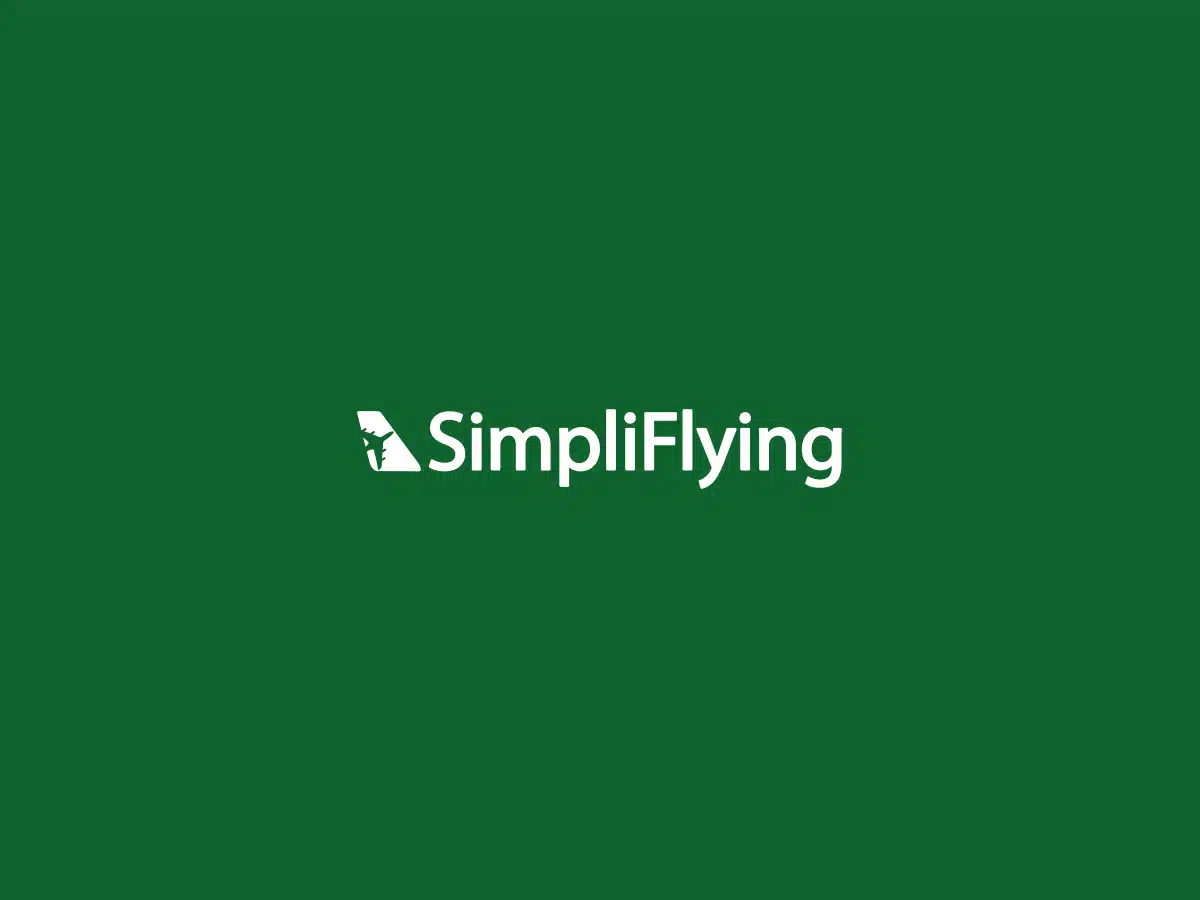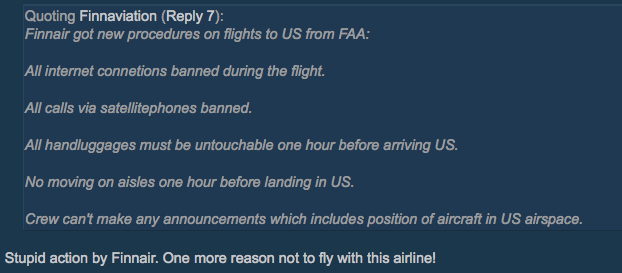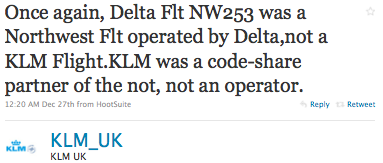I bet anyone who’s got anything to do with flying is now well aware of the incident that happened on-board Northwest Flight 253 over Christmas, where a bomb was almost set off.
Reading through my airline branding lense I could tell the confusion the event was causing among travelers, especially in this peak travel season. And this went through the roof when FAA/TSA came up with knee-jerk measures to beef-up security on US-bound flights.
It’s difficult for most passengers to distinguish whether the inconvenience they’re being put through is something the airline has initiated or is it something beyond their control. These are what I called Brand eXternalities in my 6X model – where the customer has the tendency of forming an impression about the brand, even when the events are beyond the airline’s jurisdiction. At this time, the airline needs to ensure that it nullifies any adverse impact on the brand. Here’s how.
Prepare for the confusion – It will arise, even for Finnair!
I was browsing through Airliners.net the day after the incident and chanced upon an interesting comment. Take a look:
When Finnaviation shared what FAA sent to Finnair, someone else thought that it was Finnair that was coming up with these measures and condemned the airline. This sort of confusion is very common – especially since the traveler is already anxious.
Airlines should be prepared for such happenings even if they’ve not been directly related to the incident. In this case, Finnair passengers flying to the US are just as much affected as those traveling on China Southern from Singapore to Los Angeles via Shanghai. The least the airline can do is to provide clarification.
Clarify, Clarify, Clarify
Following the news of the Northwest incident, KLM’s UK Twitter account was repeatedly calming nerves and clarifying that even though the Northwest flight was code-shared with KLM, it wasn’t a KLM plane that was involved in the incident.
When Delta, KLM, AirFrance and Northwest are all somehow involved, it is bound to cause confusion. And instead of just issuing press releases, it makes a lot of sense for airlines to update the customers through a medium they use!
KLM’s Twitter account is a great example. Similarly, such updates could have been sent out as an SMS to frequent fliers on the Amsterdam-Detroit route. If the airline has a Facebook page or YouTube presence, then similar messages can be released there too. The point is the ensure that there is as little confusion as possible, and the airline brand will not suffer as dramatically.
Don’t just impose – explain measures too
Recently, my Twitter friend Oussama Salah traveled to Detriot and was picked out for a thorough search, once again. This is what Oussama shared in a recent blog post:
The TSA agent explained to that it was the airline that imposed this procedure on him, and in London, the security agent even joked about it. Similarly, the airline can also explain that some of the stringent security measures are beyond their control. And it’s not so difficult to do!
When I was once flying Singapore Airlines, I was requested not to use my headphones while landing because if there’s an emergency, I wouldn’t be able to hear the instructions. I could reason with that explanation and cooperated willingly. This is different from imposing orders on to passengers. Which brings me on to my last point.
Don’t lose the human in you
As opposed to being professional and aloof, the airline staff can also be trained to deal with passengers with warmth. What that means is to have a conversation, and treat the customer humanly, both in-person and through the media. For example, online, it is not just about just broadcast a message and issuing a press release. It is important to listen to customers’ concerns, and then respond.
After the Northwest incident, there were lots of myths flying around the media – security in Europe is lax, why was the person allowed on-board, why couldn’t the security system detect the explosive, and many others. And it wasn’t an airline, but a good friend of mine, Steve Frishling who came up with an article that aimed to distinguish the myths from the facts. This is an article that should be placed prominently on the websites of Delta Airlines, Northwest Airlines and KLM-AirFrance, since they all had an active flight number relating to the incident. And it addresses the concerns of a lot of their passengers.
These are just some of the steps airlines can take to ensure that externalities like heightened security measures do not deteriorate the brand itself. What else do you think an airline can do in times like these to calm nerves? Have you had an experience where an airline dealt with this brilliantly? Please do share with us in the comments and on Twitter.




![Reblog this post [with Zemanta]](http://img.zemanta.com/reblog_c.png?x-id=43feb0b5-7b1b-4f9c-b63c-6e5a581bbb3e)